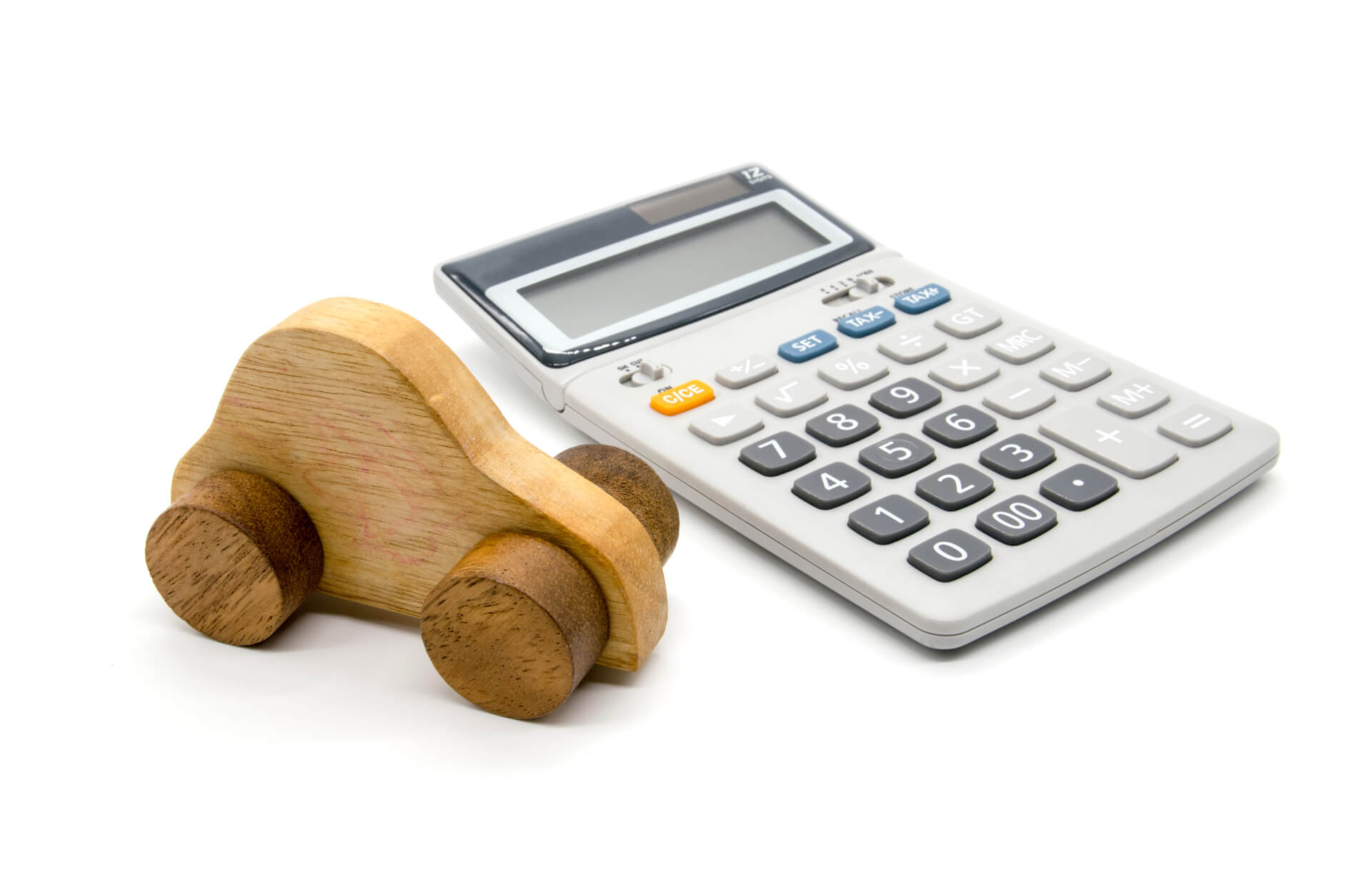
The Car Features That Quietly Depreciate Your Vehicle (and How to Fix Them)

by Erin Anderson
Even if your car runs like a dream, there are hidden features and design choices that can quietly chip away at its resale value over time. We're not just talking about dents and dings — sometimes it's the options you chose (or didn’t), tech that’s aged poorly, or cosmetic quirks that turn off buyers without you even realizing it.
The good news? Many of these issues are fixable — or at least improvable — with a little time and effort. If you’re planning to sell, trade in, or just want to protect your investment, here’s what to look out for and how to correct course.
Outdated or Broken Tech
Remember when that built-in GPS felt cutting-edge? These days, if your infotainment system is laggy, can’t connect to Apple CarPlay or Android Auto, or looks like it belongs in 2012, it can drag down your car’s appeal — fast. Buyers expect seamless smartphone integration and responsive screens.
Fix it: If a full infotainment system upgrade isn’t in the budget, consider aftermarket alternatives. Some head units now offer modern features at a fraction of dealership prices, and professional installation can be more affordable than you’d think. Even just ensuring your system is up to date (check with your manufacturer) can help performance noticeably.
Cloth Seats in a Mid-to-High-End Model
Cloth seats aren’t a dealbreaker for every buyer, but in vehicles positioned as premium or luxury, they can feel like a downgrade. Over time, cloth also shows stains and wear more clearly than leather or synthetic alternatives.
Fix it: Full reupholstery can be costly, but high-quality seat covers are an affordable stopgap. Focus on ones that are tailored to your car’s make and model for a cleaner, more convincing look. And don’t forget to deep-clean the original fabric underneath — it still matters.
Mismatched Tires or Rims
It’s easy to end up with mismatched tires or wheels over the years, especially after a flat or repair. But potential buyers (and dealerships) often see that as a sign the car hasn’t been carefully maintained — even if everything’s technically in working order.
Fix it: Match all four tires in brand and type if possible, especially if they’re visible or have uneven wear. And if you've replaced a rim with something that doesn’t match the others, consider sourcing a used match online — it can be surprisingly affordable.
Aftermarket Mods That Aren’t Everyone’s Style
That tinted windshield strip or aggressive spoiler might have made sense when you installed it, but now? It might be shrinking your potential buyer pool. Custom mods often hurt resale unless they appeal to a very specific audience.
Fix it: Start by removing anything easily reversible — bold decals, light kits, or custom license plate frames. If you’ve made more permanent changes, consider whether returning to stock (or closer to it) could improve your sale price. Sometimes, less really is more.
Unpopular Color Combos
Color might seem like a matter of personal taste, but it can influence resale value more than you’d expect. Unusual exterior or interior color combos — bright red upholstery, offbeat exterior shades, or clashing tones — can limit buyer interest.
Fix it: A full repaint isn’t realistic for most people, but detailing and touch-up work can help the existing color shine. Inside, focus on cleaning and neutralizing loud colors with accessories (seat covers, dash mats, etc.) to tone things down.
Neglected Convenience Features
Power windows that hesitate, a backup camera that’s foggy, or parking sensors that beep for no reason — small convenience features that stop working can quietly eat away at your car’s perceived value.
Fix it: Many of these fixes are surprisingly cheap. Window motors, camera lens replacements, and sensor recalibrations can often be done at a local auto shop or with DIY kits. Even just cleaning camera lenses and checking for debris can go a long way.
The Bottom Line
Some features lose their shine over time, and others just don’t age well — but that doesn’t mean your vehicle is doomed to a low resale offer. By spotting the silent value-killers and fixing what you can, you make your car more attractive to the next owner (or dealership) without a full-on makeover.